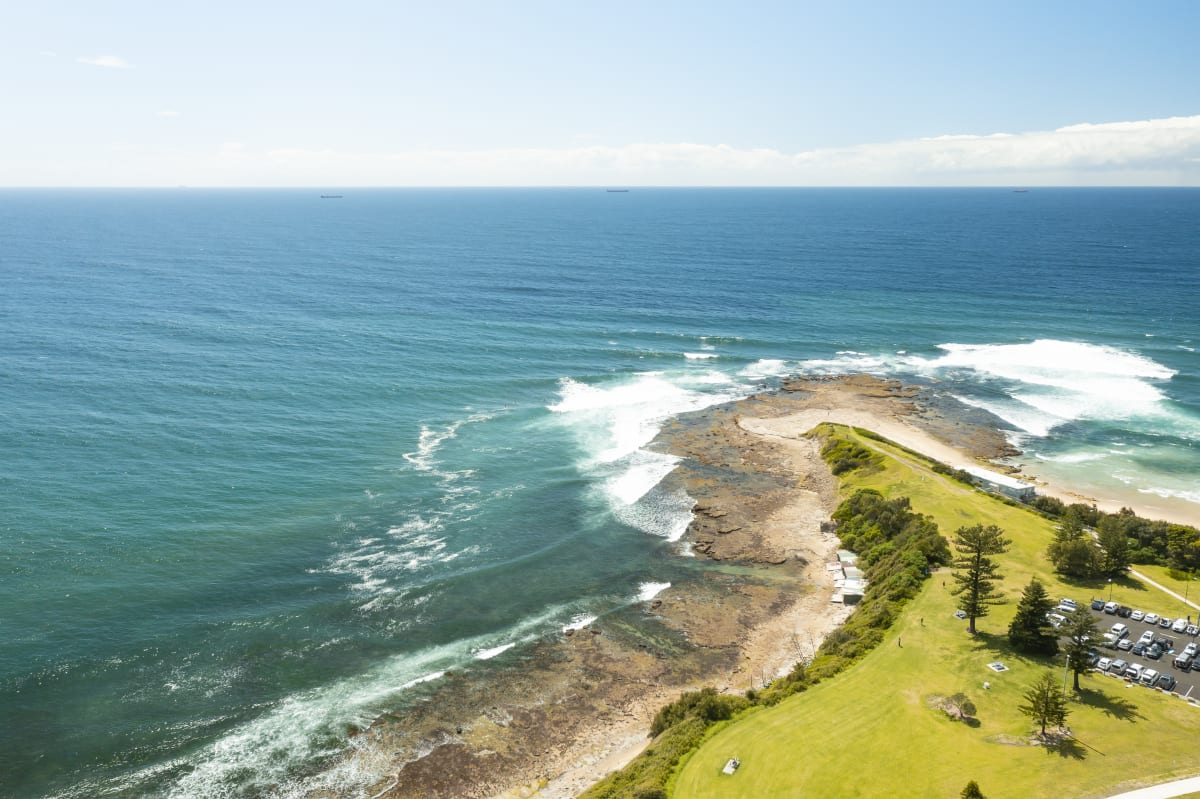Green v Green: The new face of environmental debate
We love the ocean in the Illawarra. Its rhythm is woven into everything from early surfs to evening dog walks. On wild days, we gather on headlands to watch breakers roll in; on sunny ones, we bliss out overlooking a calm blue expanse. These shared...

We love the ocean in the Illawarra. Its rhythm is woven into everything from early surfs to evening dog walks. On wild days, we gather on headlands to watch breakers roll in; on sunny ones, we bliss out overlooking a calm blue expanse.
These shared values were evident in the 14,211 submissions to the Federal Government after 2023’s offshore wind consultation period, researchers at the University of Wollongong’s Blue Energy Futures Lab have observed.
“We know that protecting our local marine environment is something that we are all in agreement on,” says Associate Professor Michelle Voyer. “This came out really strongly in the submissions – for pro and anti wind farms sentiment.”
While offshore wind has made headlines again recently, with the zone announced in June and feasibility licence applications closing in August, it is early days in what could be a seven-year process.
Right now, our values are driving the way we think about its potential threats, Michelle says. The problem is the biggest threat – the climate crisis – has changed all the rules.
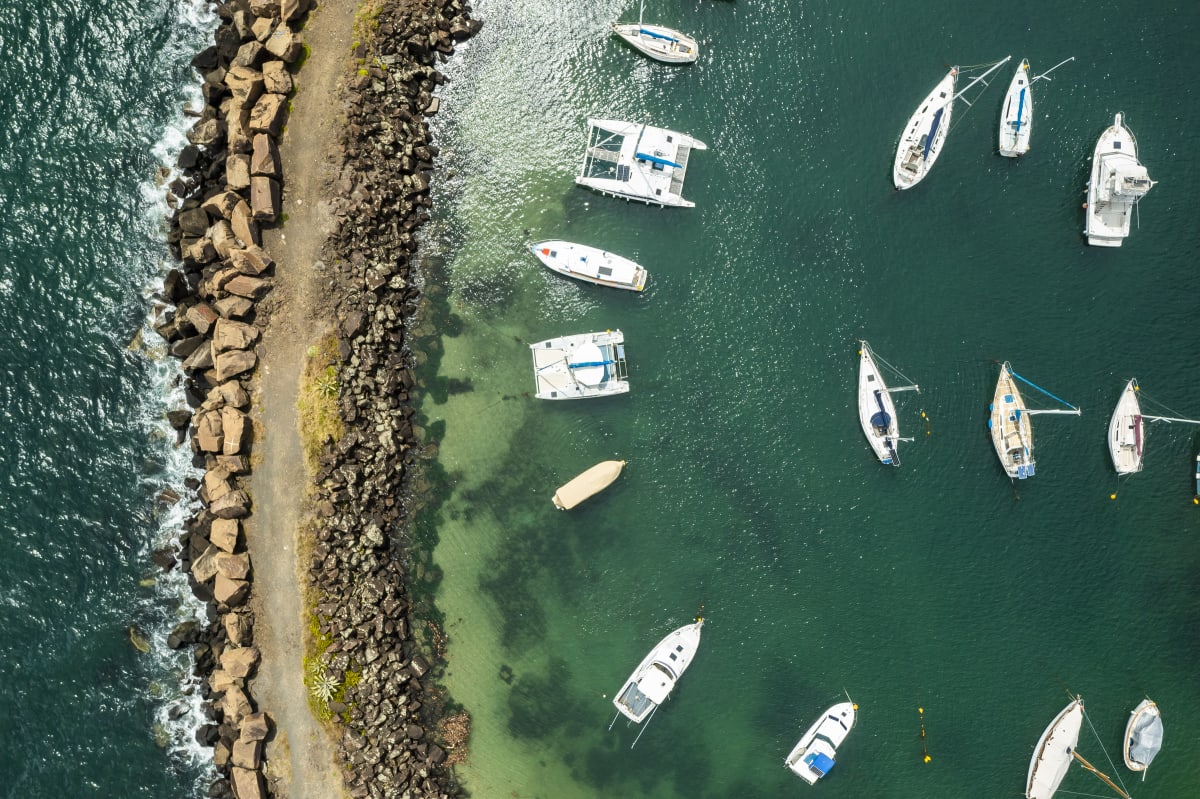
Conservation isn’t what it used to be
Community conflict was simpler in the age of fossil fuels. People knew where they stood in the “green versus brown” divide – preservation versus extraction, conservation versus industry. Entering the age of renewables, we have two sides, fundamentally united by their love for the environment, furiously debating the best way to protect it.
Welcome to the “green versus green” climate wars.
“In the past,” Michelle says, “we had this simplistic spectrum of values – quite preservationist – where we just left things alone. We protected them in wilderness areas or marine protected areas, we removed that human influence.”
Back then, opposition came from those with “extractive value sets” wanting resources for human use.
“Most of us sit probably in the middle, or we might favour different sets of values for different areas,” Michelle says.
Historically, we’re primed to think of preservation as the best option for a highly significant or vulnerable area.
“But what we're seeing with offshore wind is that's all getting mixed up,” Michelle says.
“It – and renewables in general – is challenging what those values are. It's really changing the rules of the game around what conservation looks like.
“We used to have these fairly clear-cut debates about ‘green versus brown’, preservation versus extraction arguments. If you think of forestry wars or the Franklin Dam debate, it was very much about that quite simplistic idea of preservation versus use.
“Now we're getting much more into shifting and really uncomfortable conversations around, ‘Well, is preservation still a useful tool when all our environments are changing around us, in ways that our systems of management aren't designed for?’”
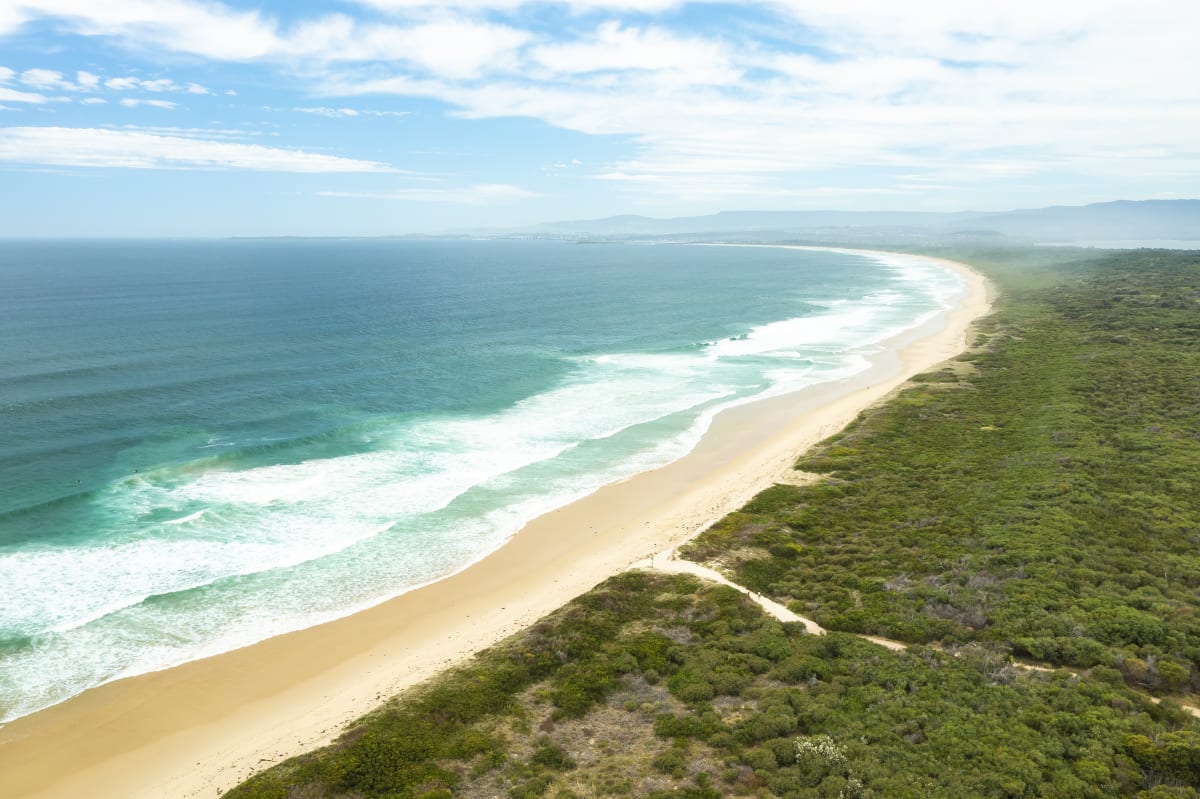
Enter Climate Change
The overriding threat of climate change is not only driving the energy transition, it’s also changing how we conserve nature.
“Some of the biggest threats to our natural environment just don't respect some of those previously used tools, like protected areas,” Michelle says.
The way we think about resources is changing – wind, sun and waves are a lot less tangible than fishing, forestry or mining. For offshore wind, assessing the environmental risks will help define what “sustainable use” might look like, she explains.
“This is the very first step – we're identifying all the potential threats and impacts. And this is really scary. It's overwhelming, because there's lots and lots.”
Risks range from habitat loss and bird collisions to underwater noise, electromagnetic fields and seafloor disturbance.
“We're just writing a big long list of all the things that could happen – it's quite extensive,” Michelle says. “We're all doing our own little risk assessments. And how we do that risk assessment within our own heads and hearts is very influenced by those value sets I mentioned earlier.”
The next step will be studies assessing environmental impacts and that’s when views may change, Michelle says.
“Once we've got a bigger understanding of what the risks are, what their likelihood is, what their consequences are, then you get into whether you can eliminate it, whether you can mitigate it, whether you can offset those risks.
“That's really the job of the environmental impact assessments, thinking about those risks all in combination and comparing those against doing nothing. Because there's also risks involved in doing nothing.”
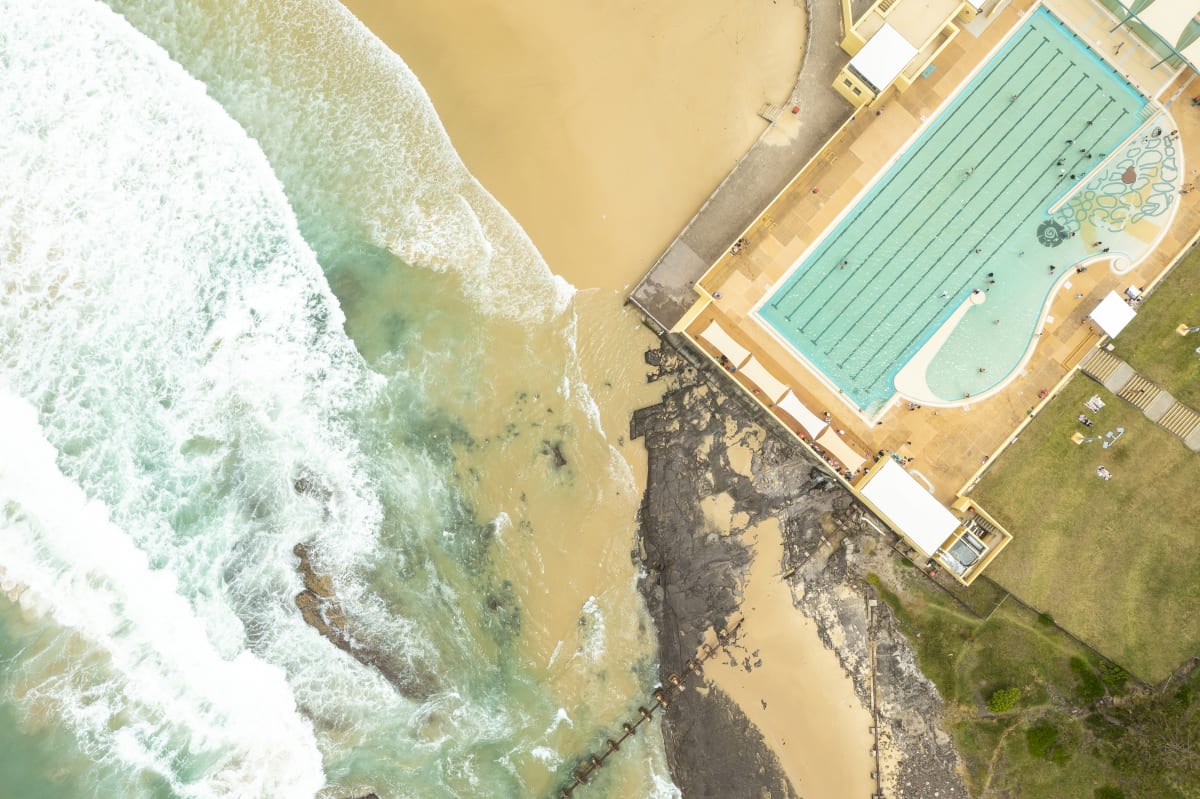
Strange bedfellows
In the new topsy-turvy world of local politics, the Illawarra has seen environmentalists and right-wing politicians roll up at protests to save the whales, and climate activists and deniers come together for lakeside rallies.
“It’s an observation that's increasingly being discussed, certainly in academic circles, that the nature of environmental conflict has shifted quite significantly,” Michelle says.
“We’re seeing some interesting coalitions of people that wouldn't normally align themselves together. Renewables seem to be really at the centre of it, because that's where the real shift's happening.”
Offshore wind is a hard concept to embrace without a degree of grief and sadness, she believes.
“At the end of the day, it's an exploitative practice. There is going to be impacts, there is going to be damage. For many in the green movement, that's challenging.
“It can be very site specific – you might support renewables in one location and not in another. I think that's quite reasonable.”
Being self aware and open to new information is essential if we’re to find common ground.
“New information might shift people along that spectrum both ways,” Michelle says.
“Opponents might become more comfortable once they start to see some evidence come in and ideas around mitigation strategies. Whereas strongly supportive people might get a bit more worried once they start to see evidence of some of the impacts that are inevitably going to be a part of any development in this space.
“I think that's really healthy – if we're coming together and holding offshore wind development to account to make sure that it is done in the best possible way.”
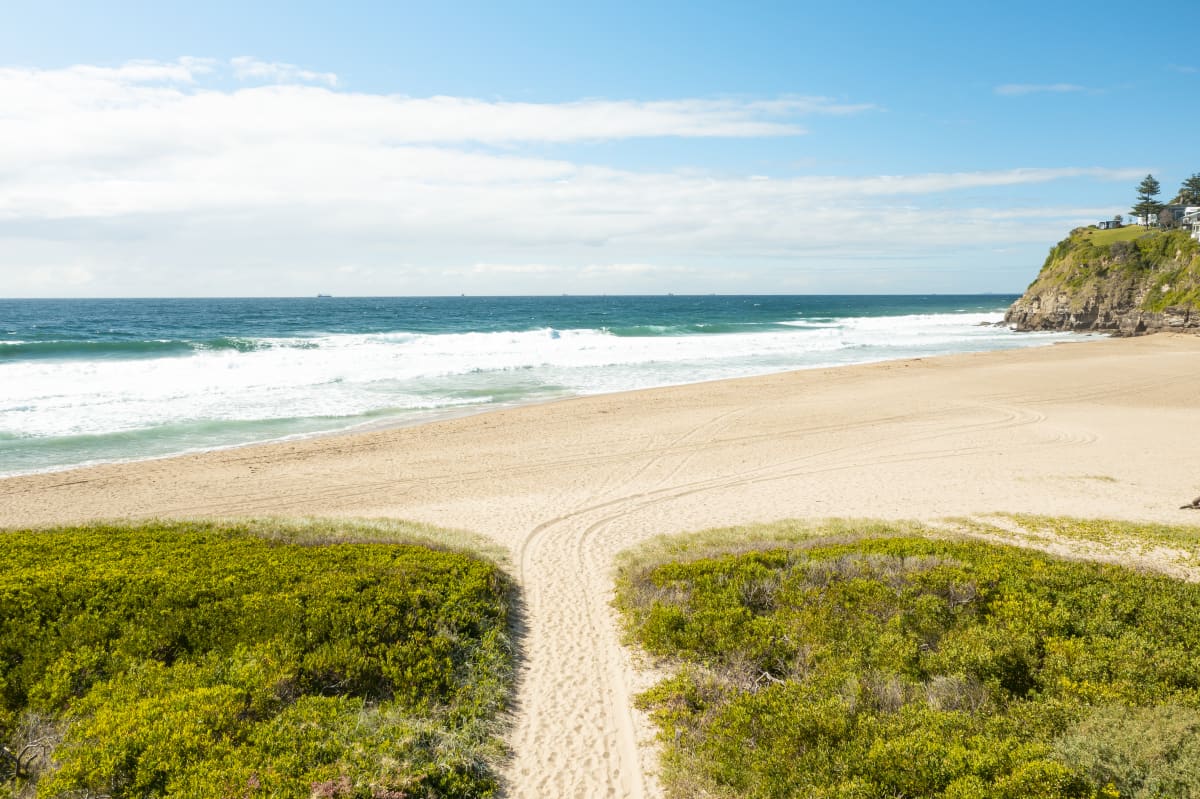
Room for improvement
Australia could follow the lead of the US and Europe and better manage conflict resolution and co-design strategies, Michelle says. “So, actually engaging communities in a way where they get to take ownership of aspects of a development or activity.
“When we're starting to see each other as humans, instead of just a faceless person on social media, we're actually starting to build an understanding of the different approaches – hopefully building some empathy – and creating space for negotiation and discussion, rather than yelling at each other.
“It is a slow process and luckily we do have time.”
The next big news will be which companies have received feasibility licences, Michelle predicts. But with applications only closing two weeks ago, that’s a way off.
“The process for making a decision on a feasibility licence seems to be quite slow, from the other zones, the Gippsland and Newcastle experiences. I would not expect it before the federal election.”
Climate Champions event on Saturday
From 3-6pm on Saturday, 31 August at Thirroul Community Centre, enjoy a double screening of Great Ocean Love and Walanbaa Ngiiyani | Stronger Together, followed by panel discussion with local climate champions and light refreshments from Flame Tree Co-op. The panel of speakers includes:
* Lilly Pollard – professional bodyboarder, ocean lover and environmentalist.
* Michelle Voyer – Associate Professor with the Australian National Centre for Ocean Resources and Security (ANCORS) at the University of Wollongong.
* Anna Feldtmann – Bachelor of Science student with a major in Environment at the University of Wollongong.
Bookings & info on Good for the Gong's Facebook page.
Have your say in inquiry
The NSW government has established an inquiry to report on the impact of Renewable Energy Zones (REZs) on rural and regional communities and industries across the state. The closing date for submissions is 31 January 2025. Click here to have your say.
